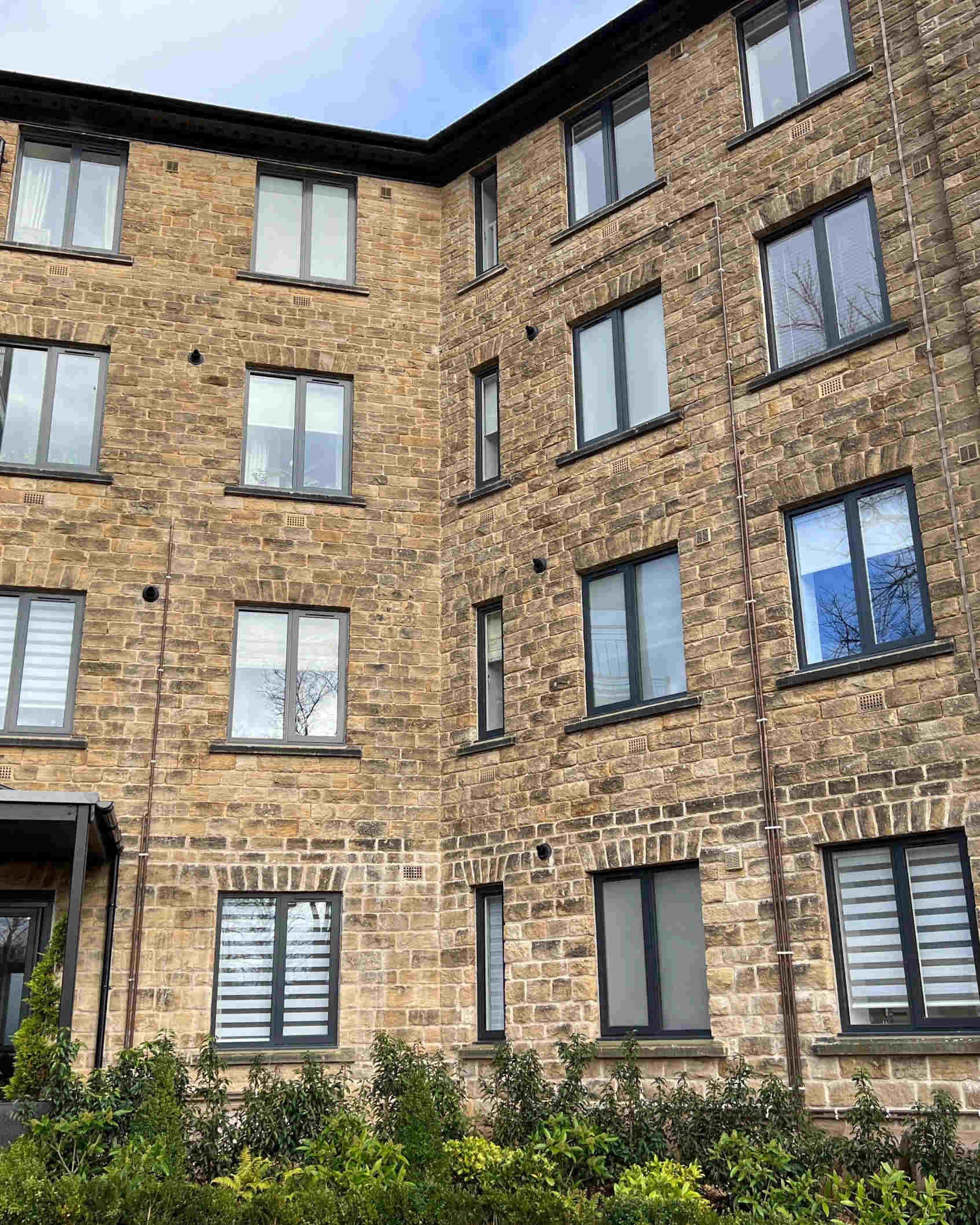Reclaimed Yorkstone
Reclaimed Yorkstone is a term that refers to the repurposing of previously used Yorkstone materials, often salvaged from old buildings, streets, and other structures. This eco-friendly option retains the charm and character of the stone, adding a sense of history and uniqueness to any project. The weathered appearance and patina that develop over years of use make reclaimed Yorkstone a highly sought-after material for restoration works and for adding a traditional touch to new constructions.
The process of reclaiming Yorkstone involves careful removal, cleaning, and sometimes reshaping of the stone to make it suitable for its new setting. The environmentally conscious choice of using reclaimed stone reduces waste and the need for new quarrying, preserving natural resources. It's a testament to the durability and longevity of York stone that it can be reused for generations, creating a sustainable cycle of use.

Unveiling Yorkstone: A Time-Honored British Sandstone
Yorkstone is a type of sandstone, primarily sourced from quarries in Yorkshire, England. Known for its hard-wearing nature and versatility, it has been a staple in British construction for centuries. Its color palette ranges from light buffs to rich greys, making it a popular choice for both traditional and contemporary designs. The stone's natural grain and variation provide a unique, rustic aesthetic that is unmistakable.
Beyond its aesthetic appeal, Yorkstone is celebrated for its strength and resistance to wear and weathering. These properties have made it the material of choice for paving, building, and landscaping projects across the UK. Its ability to withstand the test of time is evidenced by the many historic buildings and streets that still boast their original Yorkstone to this day.
The Geology of Yorkstone: Composition and Extraction
Yorkstone is composed primarily of quartz grains bound together by a silica matrix, giving it a high degree of strength and durability. The stone typically contains a mix of other minerals, such as feldspar and mica, which contribute to its characteristic texture and color variations. The geologic formation of Yorkstone dates back to the Carboniferous period, making it a material that is millions of years old.
The extraction of Yorkstone is a meticulous process that involves quarrying the rock in large blocks. These blocks are then sawn and split into slabs or shaped into specific architectural elements. Modern quarrying techniques have evolved to ensure minimal environmental impact while maintaining the high quality of the stone. Yorkstone quarries have become an integral part of the local heritage, shaping the landscape as well as the economy.
Historical Significance and Uses of Yorkstone in Architecture
Yorkstone has played a significant role in British architecture for centuries. Its historical significance is evident in its use in many landmark buildings, including cathedrals, castles, and municipal structures. The stone's durability made it an ideal choice for the heavy foot traffic of city pavements and the grandeur of stately homes.
In modern times, Yorkstone continues to be a favoured material for a wide range of applications, from garden paths and patio paving Stone to wall cladding and ornamental features. The adaptability of Yorkstone allows architects and builders to incorporate a piece of British history into their projects while providing a functional and long-lasting material.
Comparing Yorkstone with Other Building Materials
When compared to other building materials such as concrete, brick, or imported stones, Yorkstone stands out for its natural beauty and endurance. Unlike concrete, which can wear and crack over time, Yorkstone maintains its integrity and can even improve in appearance as it ages. Its unique textural qualities set it apart from brick, offering a more varied and rich surface that can complement a range of architectural styles.
While imported stones may offer different aesthetics, Yorkstone brings with it a sense of locality and tradition that is unmatched. The environmental impact of transporting stone from overseas is also a consideration, making locally sourced Yorkstone a more sustainable option. Its performance in the unpredictable British climate further solidifies its position as a reliable choice for both construction and landscaping.
Care and Maintenance Tips for Yorkstone Surfaces
York stone is relatively low maintenance, but like all natural materials, it benefits from proper care to preserve its appearance and longevity. Regular sweeping and occasional washing with a mild detergent can help prevent the buildup of dirt and organic matter. It's important to avoid acidic cleaners that can damage the stone's surface.
For outdoor paving, addressing any drainage issues is crucial to prevent standing water and the potential for freeze-thaw damage. Applying a sealant can provide additional protection against staining and wear, although it's essential to choose a product specifically designed for use on Yorkstone. With these care and maintenance tips, Yorkstone surfaces can remain beautiful and functional for many years to come.
We offer advice on where to buy and choosing York Stone Paving?
If you need assistance with selection of reclaimed building products,
please email us at info@britanniastone.co.uk, Whatsapp: 07435516667 or
call us on 0114 321 7890
to contact a member of our team.







